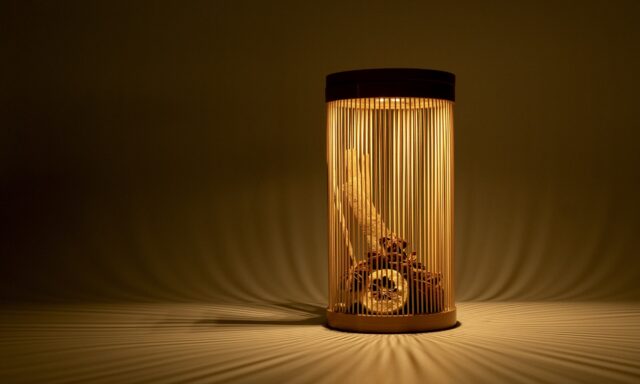Newly Launched “Yakiiro” Chopstick Rest by MIYAMA
New Products VOL.19
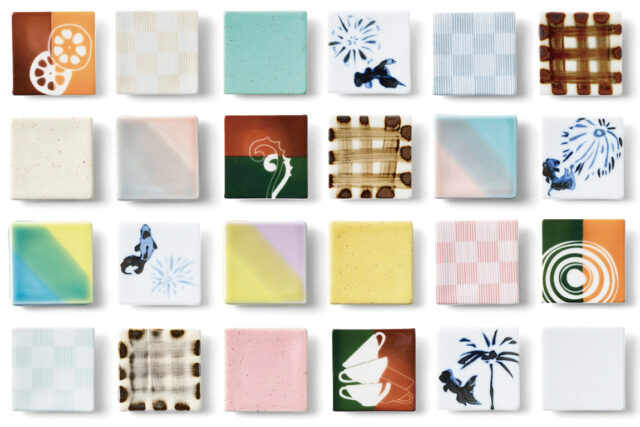

VOL.1-19
Update

VOL.1-27
Update
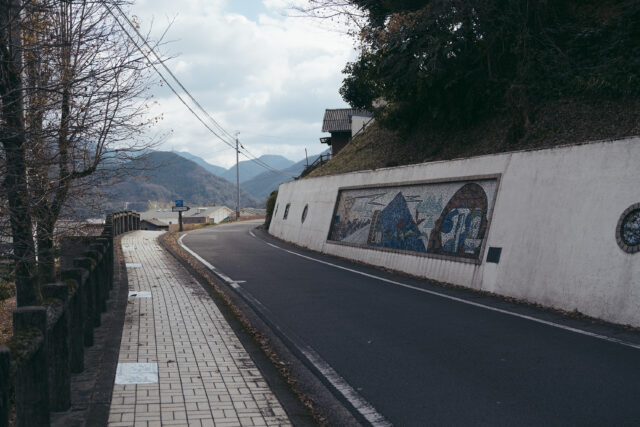
VOL.1-4
Update
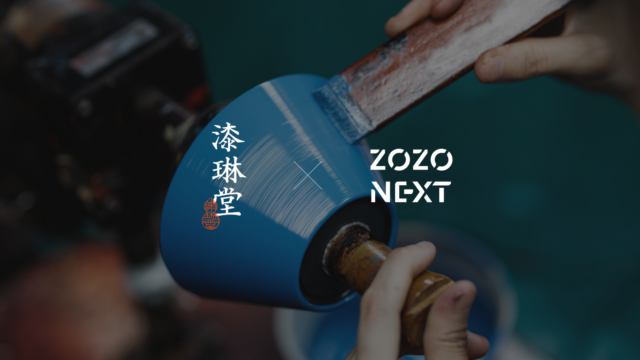
VOL.1-19
Update
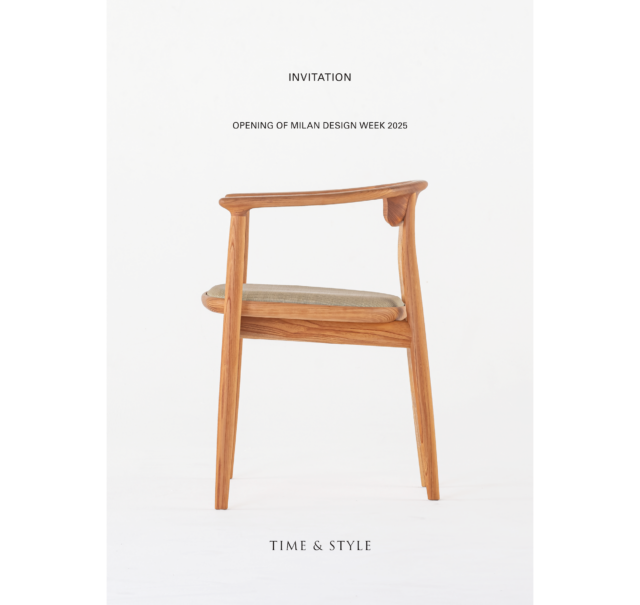
VOL.1-43
Update
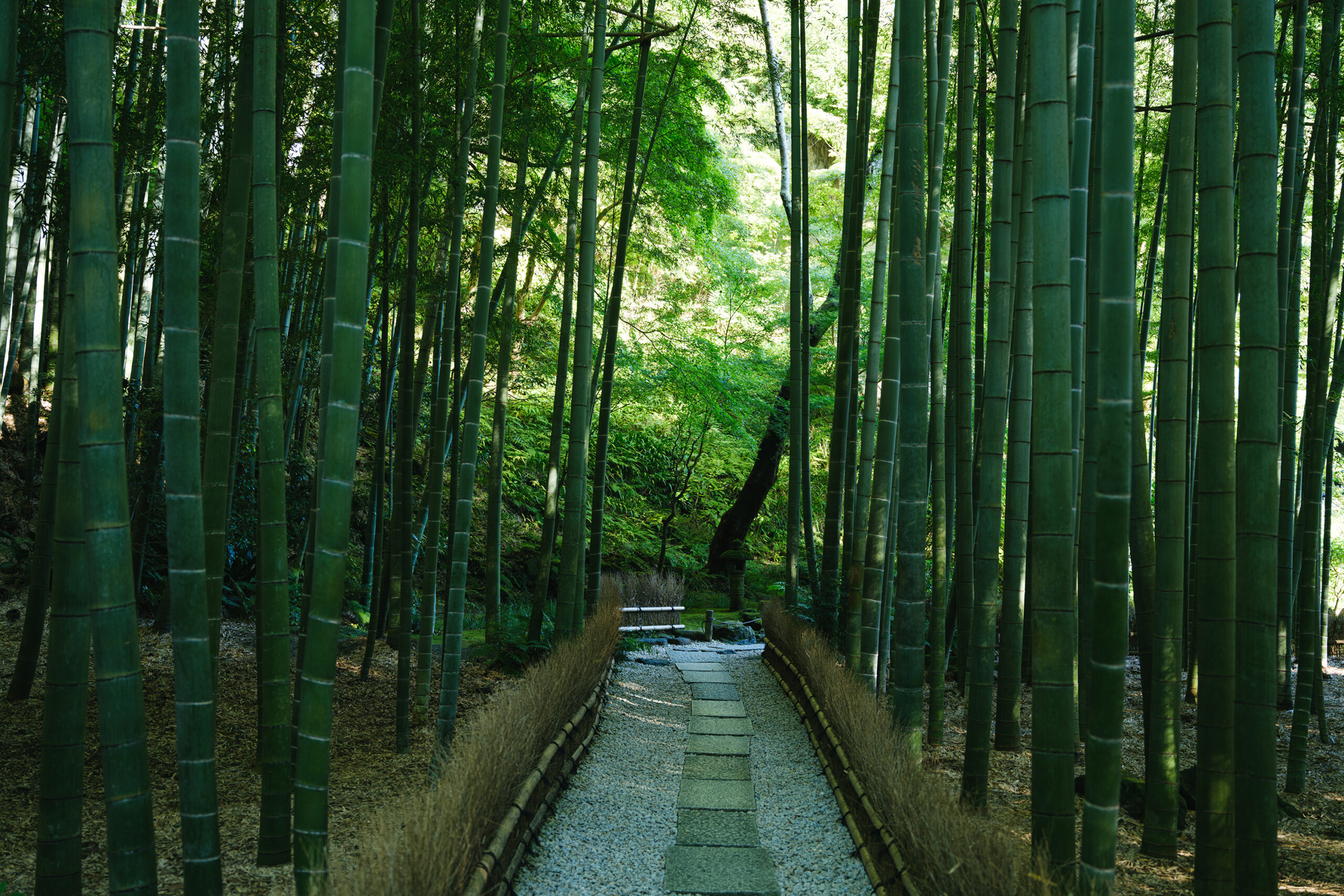
VOL.1-2
Update
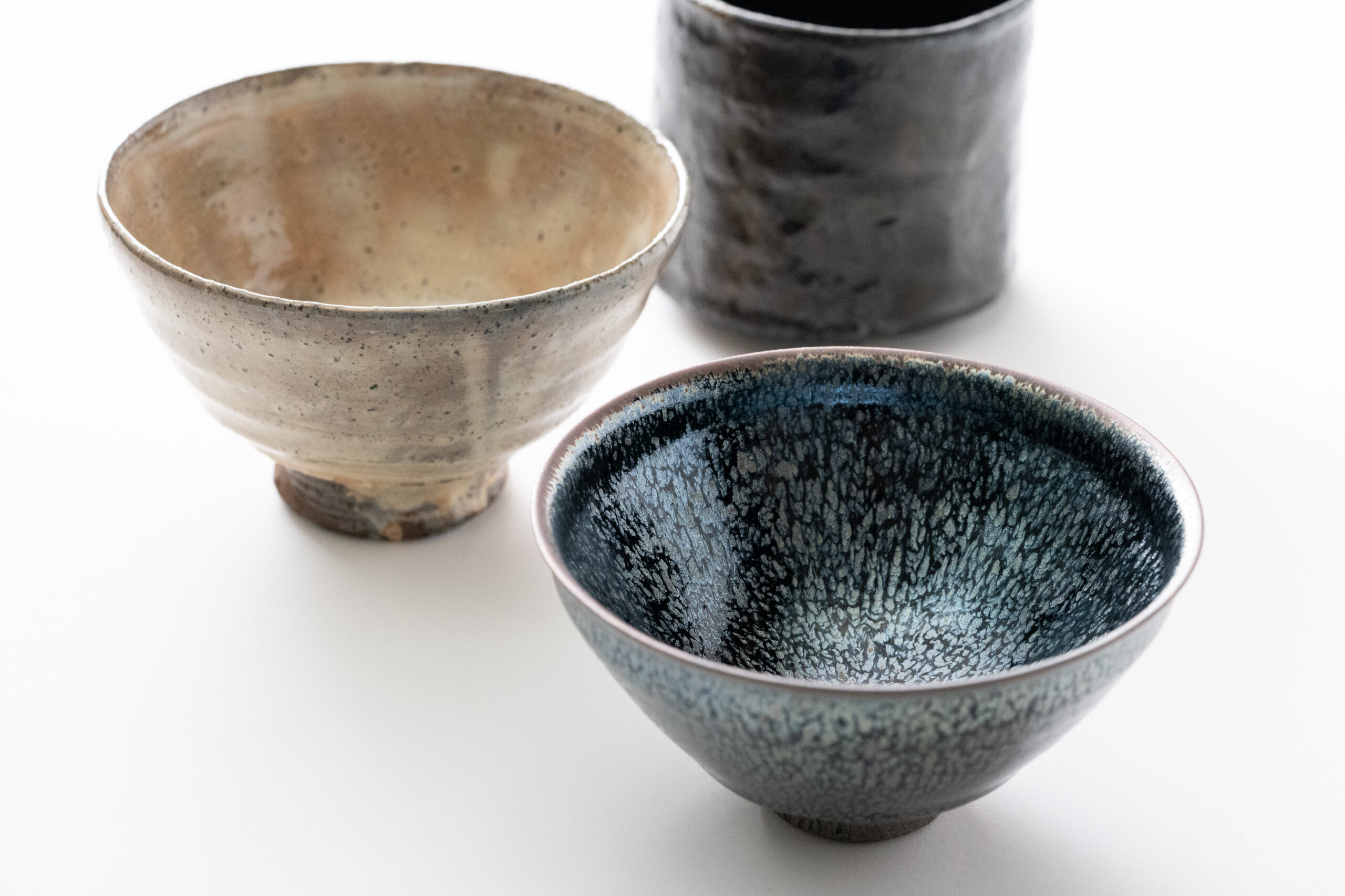
VOL.1-3
Update

VOL.1
Update
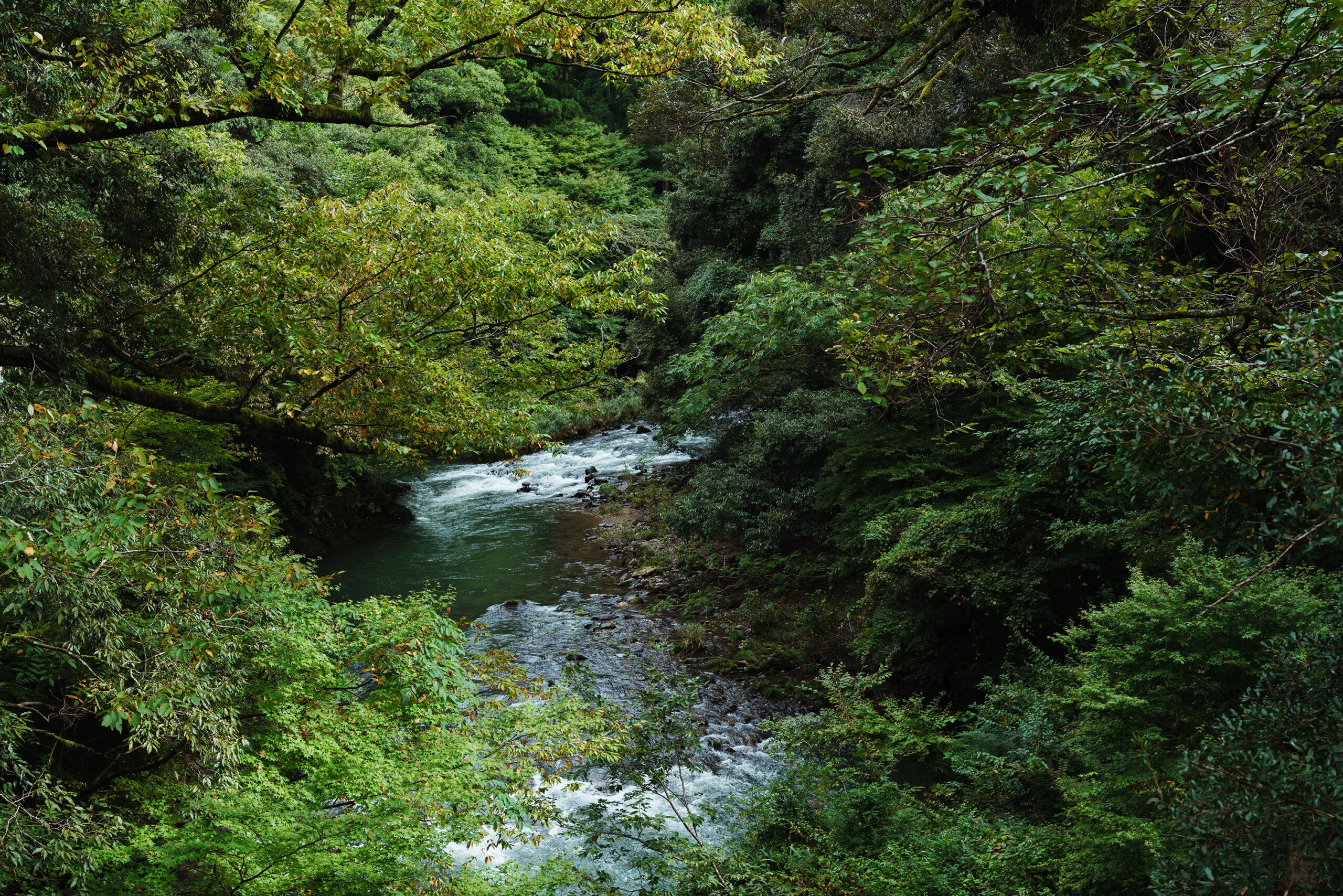
VOL.1-7
Update
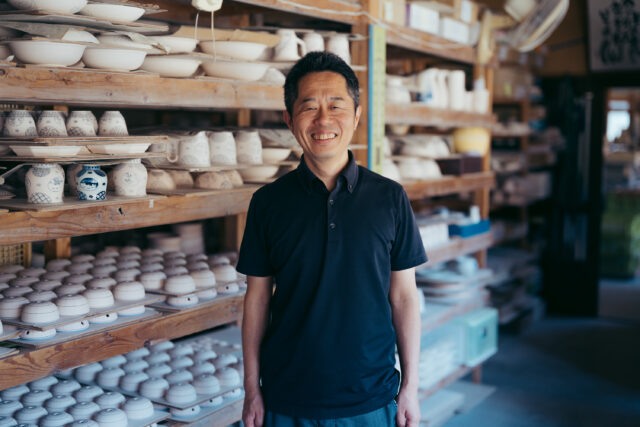
VOL.1-32
Update
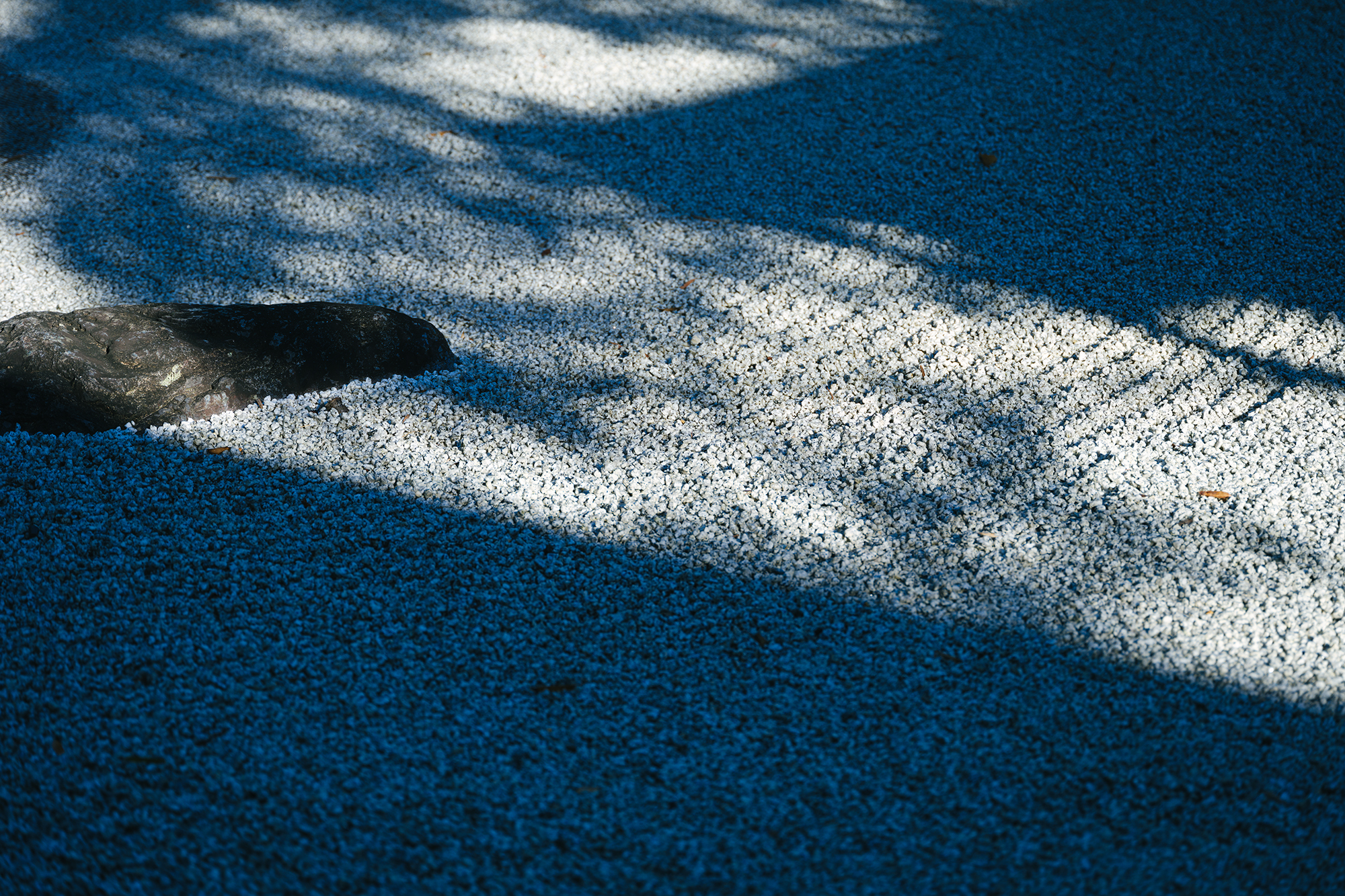
VOL.1-12
Update
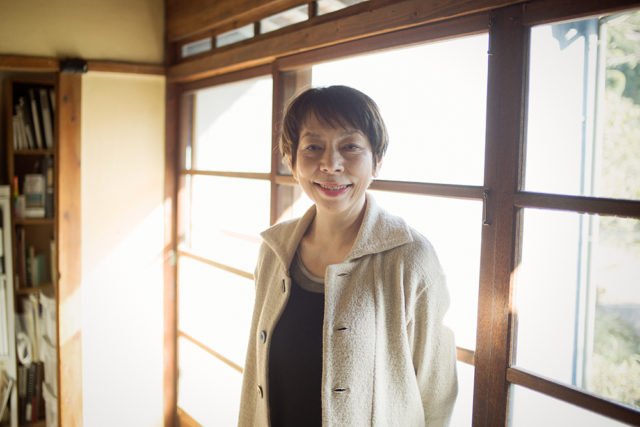
VOL.1
Update
We share a variety of information and perspectives on Japanese crafts, including exhibition information and interviews.
New Products VOL.19
Exhibition • Event Report VOL.27 AD
New Products VOL.18
Editor's Column "Craft Production Regions" VOL.4 AD
Jun 29 – Sep 7, 2025
Midorigaoka Art Museum Annex
Jul 12 – Aug 24, 2025
MIHO MUSEUM
Jul 12 – Sep 28, 2025
Bizen City Museum of Art
Ishikawa
Jul 12 – Oct 19, 2025
Notojima Glass Art Museum

In the awareness of “ma,” or “yohaku,” one senses a connection with the Buddhist concepts of “mu” (nothingness) and “ku” (emptiness). In Christianity, “nothingness” is an antonym of “existence,” indicating the absence of things, but in Buddhism, nothingness is sometimes thought to be fertile and actually contains many things. This is also true of finding meaning in “ma” or “yohaku.” For example, in Western culture, the act of arranging flowers places emphasis on how beautifully the flowers themselves are expressed, but in Japanese flower arrangement, even a single flower can be considered beautiful if it is placed well within a space. This is also in line with the “beauty of imperfection” of wabi-sabi mentioned in a previous column, and the idea that beauty stands out more when something is missing is a way of perceiving beauty that is unique to Japan and the East.
The word “ma” may remind many Japanese people of the architectural terms “kyaku-ma” (guest room) or “tokono-ma” (alcove). Originally, in Japanese architecture, there was no such concept of a “room” as a distinct space clearly separated from others, but rather an empty space defined by pillars and posts known as a “ma.” It is thought that the practice of seeking meaning in this kind of ambiguous space has greatly influenced the Japanese aesthetic sense.
The term “yohaku” has developed in conjunction with Japanese art, based on this sense of “ma.” Japanese National Treasures such as Hasegawa Tohaku’s “Pine Trees” and Ogata Korin’s “Irises” boldly use large amounts of empty space. Porcelain by Kakiemon Sakaida is internationally renowned for his painted expressions of flowers and birds that make the most of empty space, a technique which can be described as “subtractive aesthetics” – so much so that one might think that flowers and grasses are painted in order to make the empty spaces feel beautiful.
Today, the aesthetic sensibilities of “ma” and “yohaku” have become recognized overseas as one of the unique Japanese aesthetic sensibilities. For example, the brand “MUJI” attracts people overseas with designs that take full advantage of blank spaces, and UNIQLO stores have a similar aesthetic sense embedded in their interiors and display methods, which make them immediately recognizable as Japanese spaces. Generally speaking, many foreigners feel that such Japanese designs with large amounts of blank space are unsatisfying. However, just as karesansui gardens (Japanese dry or rock gardens) are becoming popular tourist destinations among foreigners, more and more foreigners are coming to find this unique beauty appealing.
In English, the word “simplicity” represents an aesthetic similar to “ma” or “yohaku.” Ever since Steve Jobs determined to embody “simplicity” in Apple products, it has become a global design trend. However, the elimination of superfluous things and the pursuit of simplicity are not the same thing as finding meaning in the “yohaku” itself. “Ma” and “yohaku” are about focusing on “mu” or nothingness itself, and about blurring the boundaries between what is and what is not. This ambiguous expression is perhaps the essence of the Japanese sense of beauty.
Crafts are everyday tools, and their presence in daily life is one of their charms. How each piece is placed and used, and how it is stored, is very important in how we perceive them, and when we consider the amount of “ma” (space) relative to the whole, we come to believe that the space itself must be beautiful. Not only the way it is placed, but the work itself, being a creation of human hands, gives rise to its own imperfect “yohaku.” One of the pleasures of the artisan is to fill in or make use of these “yohaku” spaces by combining multiple pieces of craftwork. Perhaps this kind of ‘extra’ empty space is just the kind of sensibility that we are seeking in the modern age.
Photo by Takuma Suda
Photo(Garden): Houkokuji (Kamakura, Kanagawa Prefecture)
